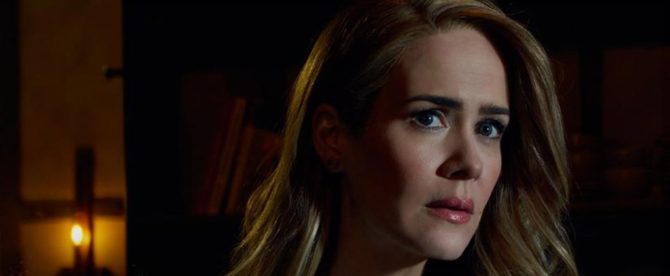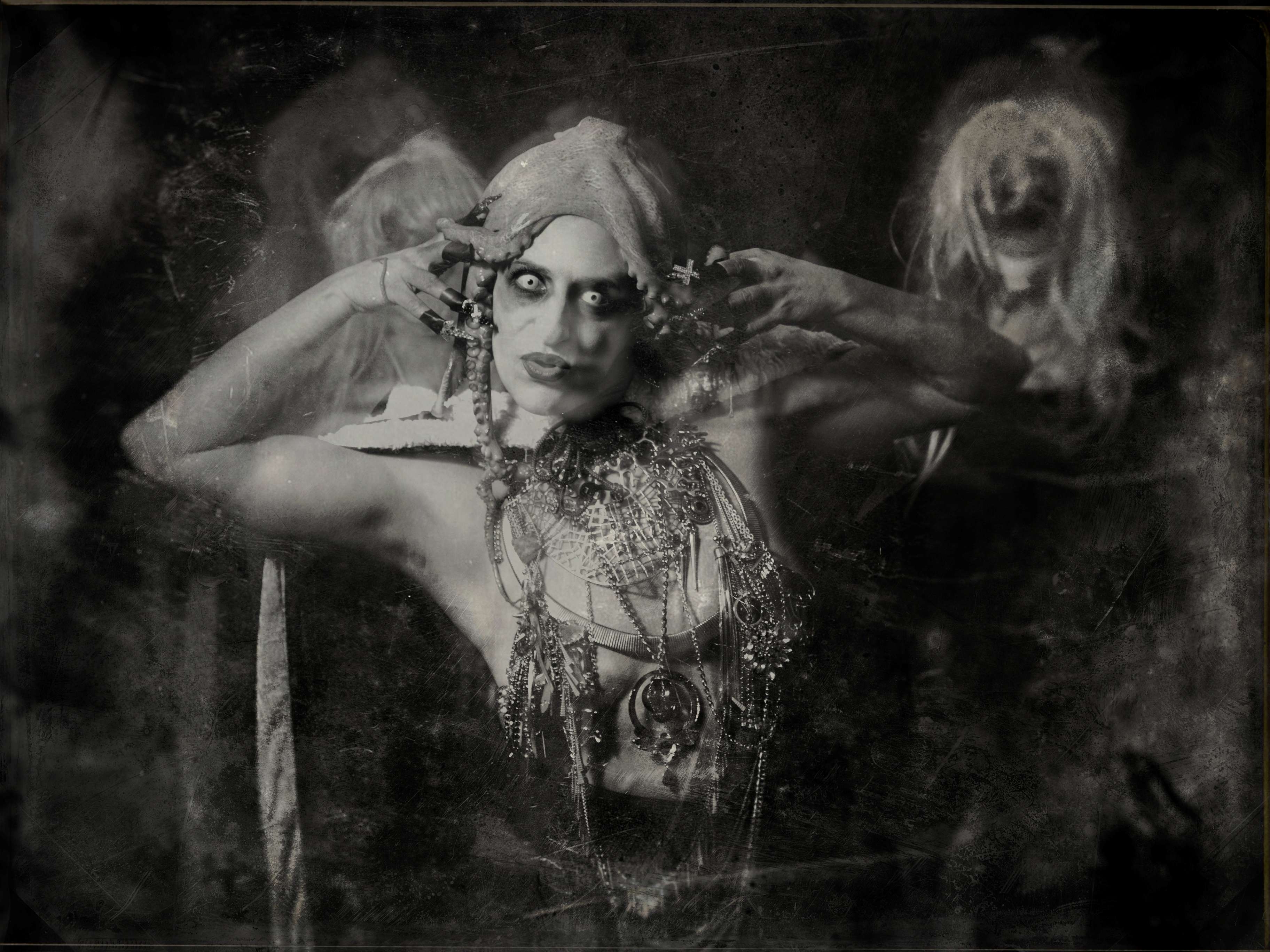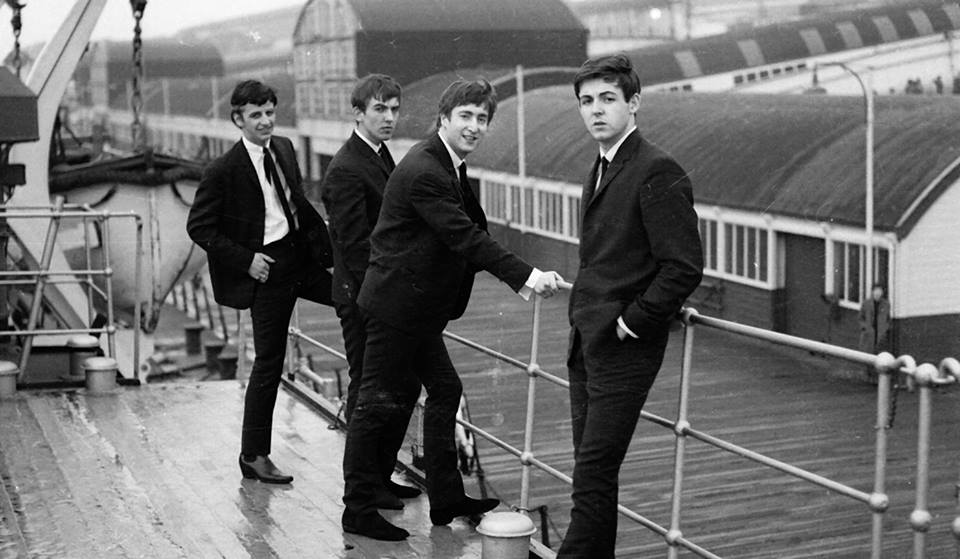American Horror Story (AHS) has remained one of the most well produced shows on cable television for six years now. It propelled networks to look into a genre that was hardly ever touched upon, due to its low budgets and bad acting reputation, which led to satirical films such as cult-classic Scary Movie (2000) and A Haunted House (2013). Needless to say horror isn’t the most reputed Hollywood genre, with so many subgenres ranging from psychological thrillers to slasher, paranormal, zombie flicks and so on and so forth. This plethora of choices has rendered horror a cheap and obscure style, almost always hit-or-miss. AHS plays on these genres, on the tropes that horror encompasses, spinning some of the most famous films to its advantage. In season one (Murder House), we saw Rosemary’s Baby (1968), The Haunting (1963) and Poltergeist (1982), among others; in season two (Asylum), we saw Silence of the Lamb (1991), The Exorcist (1974), The Texas Chainsaw Massacre (1974). Yet as much as I’d love to write up all the fantastic horror films AHS has ‘plagiarized’ season by season, I also have to review Roanoke.
Season six was good. Ryan Murphy and Brad Falchuk had a stroke of genius production-wise, but whether they were able to successfully develop the storyline to its full potential is still up for consideration. Roanoke revolves around a haunted house in South Carolina — straightforward enough, right? The catch is that it’s set in the “real world” as if it were a paranormal documentary series, with the real victims (played by Lily Rabe and André Miller) recounting their nightmare to the camera, whilst reenactments (Sarah Pulson and Cuba Gooding Jr.) show us inside the house. In each episode the series moves in and out between realities in an unsettling distortion of fourth wall breaking. Towards the end we watch producers and executives discuss a season 2, actors going on panel-talks and the fandom they’ve aggregated speaking out. Furthermore, the series emphasizes the digital generation, the obsession with likes and shares, followers, hits and “going viral” whilst satirizing Hollywood executives and producers, who are depicted as being orange white-teeth money machines that would do anything for a next hit series, even put people in grave danger. This sick representation of real-life is another stolen trope (nothing gets past me, Ryan Murphy), from The Blair Witch Project (1999), which also pretended the footage was real. Of course AHS is more straightforward about being a satire, with the last episode even depicting a parody of Ghost Hunters.
I did enjoy the disquieting element most of all, in fact Murphy and Falchuk clearly banked on this “reality” aspect to create another great season of AHS. The acting was, as always, on point, thanks to another extraordinary performance by Kathy Bates (who plays The Butcher’s double that gets too absorbed in her own character) and Sarah Pulson, two of AHS biggest talents. Unfortunately, once again, Evan Peters plays a marginal role (an error the producers made in season three), I’m sure his talent doesn’t come cheap so they might as well make it worth it. The reoccurring cast in different seasons and plotlines remains Murphy and Falchuk’s greatest creation for FX, often times subtly blurring the lines between seasons; they even have Sarah Pulson also play Lara Winters (Asylum’s main character) in a parody of personality journalism and infotainment. But, the problem is obvious: too much is going on. The discrepancies are clearly due to plot holes (such as, why doesn’t anything happen to the actors when they are playing the reenactments?) and inadequate use of all the best actors’ talent (Finn Wittrock is scary because he channels Patrick Batsman, don’t make him a toothless hillbilly), and one last thing Ryan Murphy: it is time to bring back Jessica Lang!





